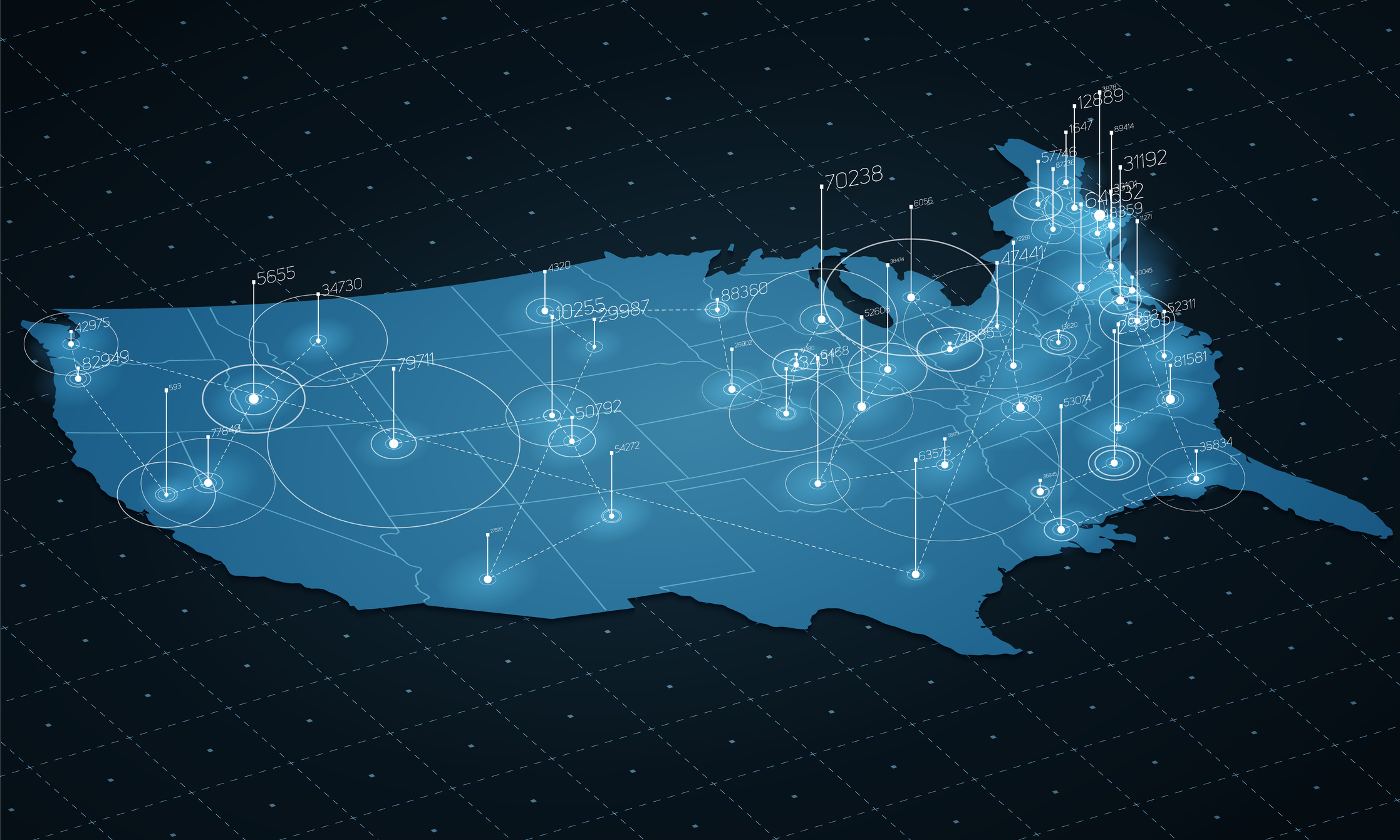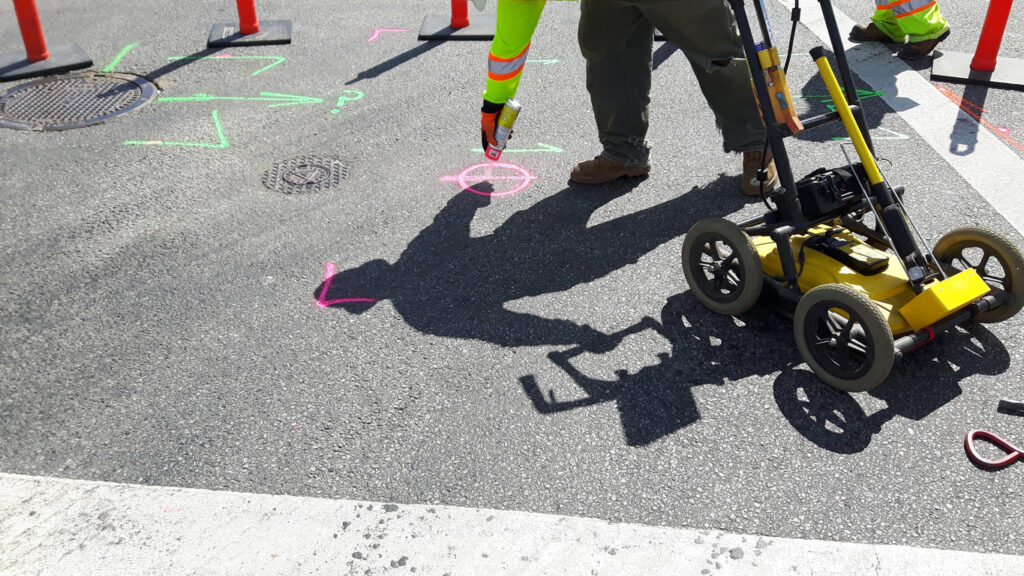
Montana State Library leverages FME to enhance geospatial election data efficiency and accessibility


Transforming Montana’s election management
The Montana State Library’s GIS team, responsible for providing GIS data that support elections management processes statewide, has transformed their precinct split management using FME. GIS Specialist Caroline Psaltis works closely with the Montana Secretary of State’s office and local election officials to create precinct splits – GIS boundary data, necessary to map and define which ballot each voter receives- across Montana’s 56 counties.
Faced with managing complex election district boundaries and ensuring data accuracy, the team initially relied on manual processes within desktop GIS software. However, these methods were time-consuming and error-prone. After being introduced by a colleague, Caroline adopted FME as her primary tool for automating the precinct split process, reducing manual work, and increasing efficiency.
FME’s role in optimizing election GIS data
FME has fundamentally changed how the Montana State Library GIS team handles election boundary data. By integrating election management system tables with county-level boundary data, they can now generate precinct splits in minutes, even for Montana’s largest counties. Previously, this process would take over half an hour using manual methods. Now, FME also simplifies error correction and performs topology checks to ensure data integrity.
Topology checks are crucial for identifying and resolving issues like slivers- small, unintended gaps or overlaps between boundary lines that can compromise the accuracy of the precinct maps. Beyond precinct splits, automation allows the team to publish data to public-facing platforms such as the Montana Geo-Enabled Elections Hub, making election data accessible to both election administrators and the public.
Improving government data transparency and accessibility
The flexibility that FME has afforded Montana State Library has reshaped how its GIS team manages election GIS data. Caroline emphasizes how easy it is to build repeatable workflows that require minimal intervention once set up. For instance, when new precinct splits are generated, FME automatically updates statewide data layers and publishes them online for public use.
By adopting FME, the team has significantly reduced the time spent on manual tasks, allowing them to focus on higher-value projects. “FME has become my go-to for any problem we face,” Caroline notes. “It’s so much easier to use than other tools and incredibly versatile.”
Planning ahead with FME
Looking ahead, the Montana State Library plans to further refine their FME workflows, incorporating APIs to automate even more processes and streamline data management. As the team continues to expand their FME knowledge, they’re excited about the potential to drive efficiency further, particularly in handling complex topology issues.
As an indispensable tool for managing election GIS data, FME has enabled the Montana State Library GIS team to respond quickly to changing needs, ensure data accuracy, and provide vital election information to the public. The team has not only streamlined efficiency but also enhanced transparency and accessibility of election data for the entire state.



